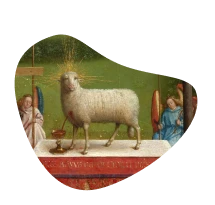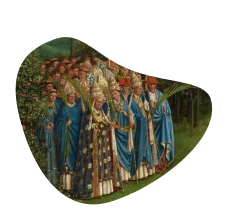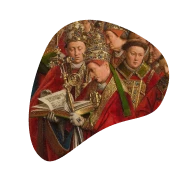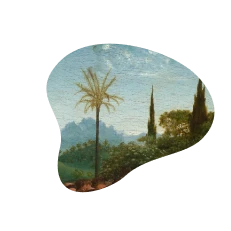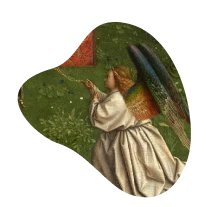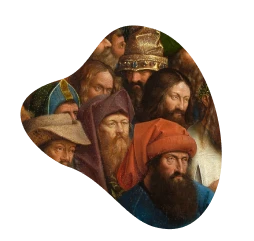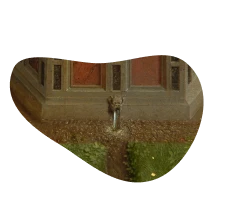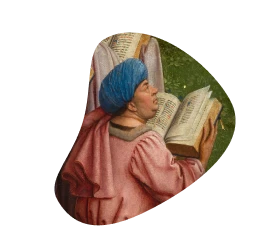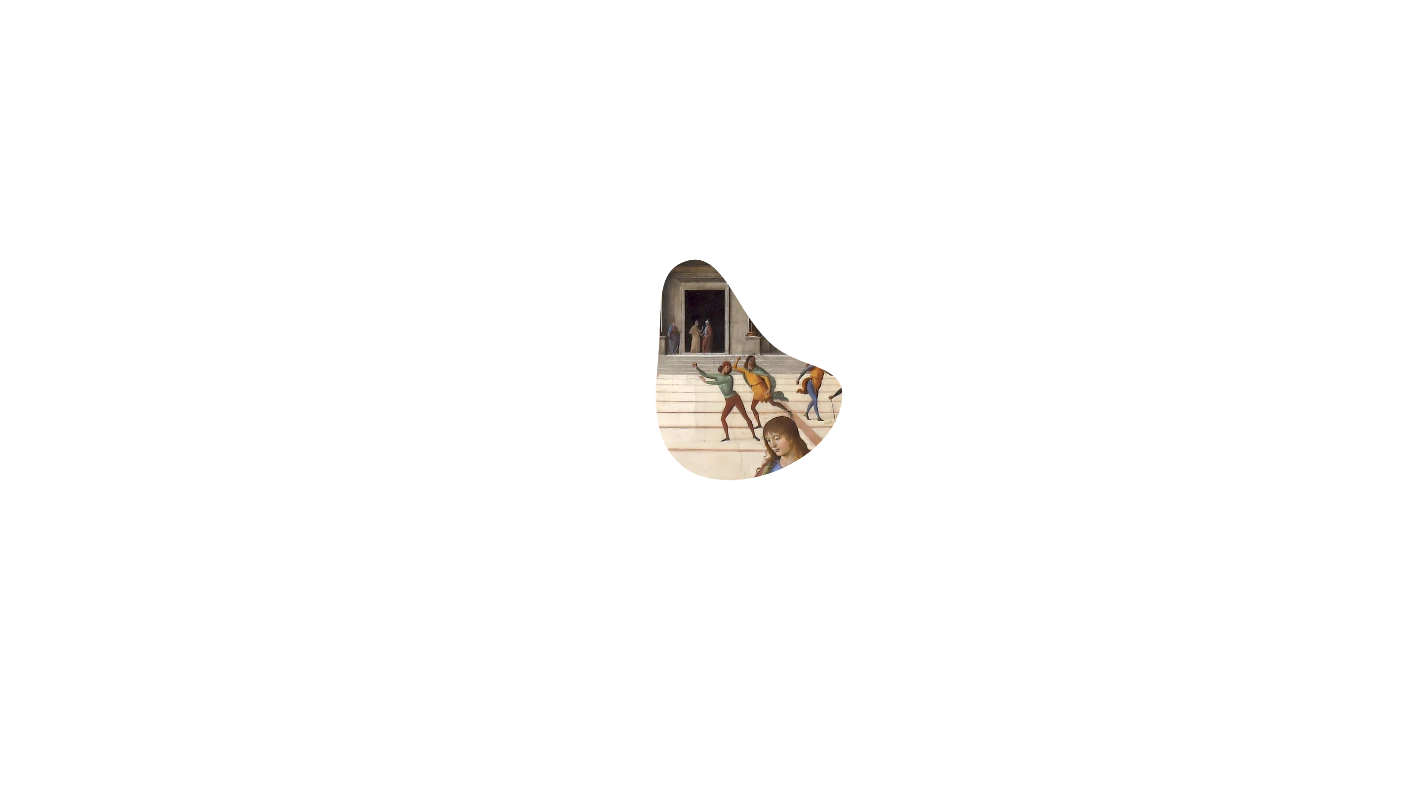There were at least 31 mass settings based on the “L’homme armé” melody in the Renaissance period by composers including Dufay, Ockeghem, Busnois (who was said, by Pietro Aaron in 1523, to have been the original composer of the song), Regis, Tinctoris, Obrecht, Brumel, Mouton, Palestrina, Cristóbal de Morales, and many others. The series was finally closed in the seventeenth century by Giacomo Carissimi, who crowned the tradition with a twelve-voice work.

The earliest reliable source of the “L’homme armé” melody is a late–fifteenth century manuscript in Naples, which contains six anonymous masses based on the song alongside the song itself. The text, which possibly refers to a crusade against the Turks, may be translated:
“Fear the armed man. Word has gone out that everyone should arm himself with a haubregon of iron [a sleeveless coat of mail].”
At first hearing, one might think that Josquin’s Missa L’homme armé sexti toni, which seems like a mature Renaissance work, is worlds apart from his second setting based on the tune, the Missa L’homme armé super voces musicales, that one might guess is a medieval composition. In fact, the manuscript evidence is that they both probably come from Josquin’s so-called middle period, which ended around the year 1500, though it is assumed that Super voces musicales was written first.
Through-composed imitation, varied textures, and easy-going canons—Missa L’homme armé sexti toni is like a fantasia on the theme of the armed man.
L’homme armé sexti toni (“in the sixth mode”) is so called because Josquin has transposed the melody to make its final note F (as opposed to the more normal G), giving it a major-key tonality. Considered the more “modern” of the two settings, it has gained its reputation for good reasons. Where Super voces musicales quotes the famous melody unaltered in the same voice most of the time, in Sexti toni we find it broken into often unrecognizable fragments, dispersed among all four voices. Where Super voces musicales maintains a solid, four-voice texture much of the time, Sexti toni is filled with duets, its vocal texture kept light and informal through the use of sequences and imitation. Where Super voces musicales has canons which impress by their learning, Sexti toni’s canons give the impression of being easy-going, especially the sublime 6-voice Agnus Dei III. This setting is like a fantasia on the theme of the armed man; the other more like a through-composed exercise on a given theme.

A number of composers before Josquin had worked on how to quote the “L’homme armé” melody in slightly hidden ways: Dufay had given it backwards, Busnoys had inverted it, the Naples settings and Obrecht had used it in retrograde-inversion. However, Josquin seems to have been the first to notice that parts of the armed man melody could be quoted in its original form and in retrograde at the same time (assuming note-lengths, rests, and ficta–that is accidentals—between the phrases were a bit malleable). This is what the lowest two voices of his third Agnus are doing: in the first half of the piece the tenor sings the whole of the verse in long notes. At the same time (more or less) the bass sings the whole of the refrain in long notes in retrograde. At the half-way point they cross over: the tenor now sings the whole of the verse in retrograde to the end, and the bass sings the whole of the refrain in its original form to the end. As a result, the music that they have created before the halfway point is exactly repeated in the second half, but backwards. So, the first bar is the same as the last bar, the second the same as the second-last, and so on. While this shows exceptional compositional virtuosity, the actual sound in this final Agnus Dei is most unfamiliar, suggesting, if anything, the methods of such modern minimalist composers as Philip Glass.
© Peter Phillips / Gimell Records







